Imagine standing in a sun-dappled rainforest, the air humming with the calls of birds and the rustle of leaves. But beneath the chorus of nature, there is another melody—one that is slipping away, nearly silent, and at risk of being lost forever. This is the song of an endangered language, spoken by only a handful of people, echoing stories, knowledge, and culture that have shaped generations. Today, scientists, linguists, and local communities are racing against time to capture these fragile soundscapes before they vanish. Their mission isn’t just about preserving words; it’s about saving the very essence of human diversity, wisdom, and connection to the world.
The Vanishing Voices of the World
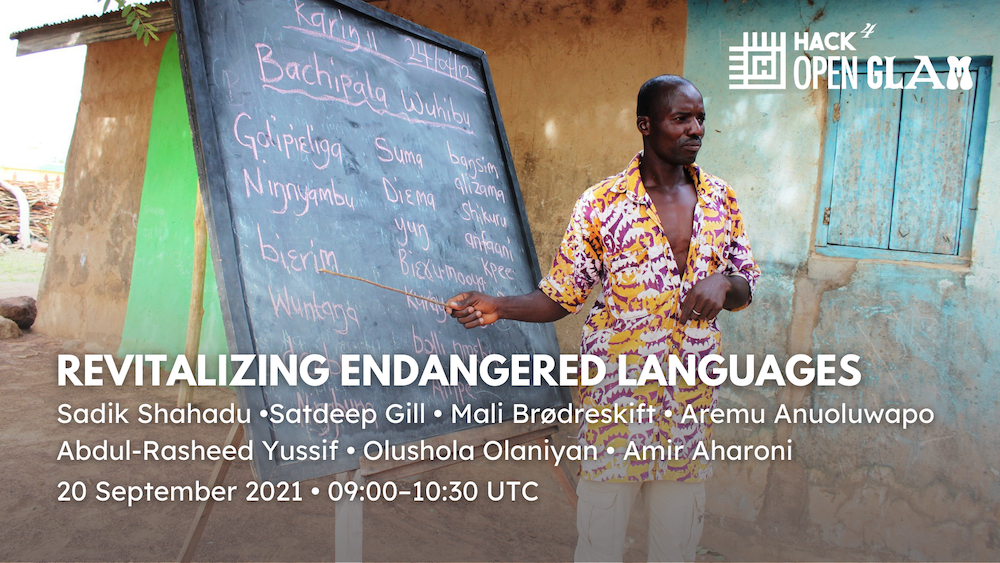
Across the globe, more than 7,000 languages are spoken, each holding a unique worldview. Shockingly, it’s estimated that a language disappears every two weeks, often without a trace. When a language dies, it takes with it centuries of stories, songs, and traditions. Imagine what it would mean if no one could speak to elders in their native tongue or sing ancient lullabies to their children. The loss isn’t just linguistic; it’s deeply emotional, affecting identity and belonging. For communities, the disappearance of their language is like losing a treasured family heirloom—one that can never be replaced. The urgency to record and reclaim these soundscapes grows stronger with each passing day.
Why Sound Matters: More Than Just Words
Languages are living soundscapes, filled with rhythm, melody, and emotion. The way a word is pronounced, the intonation of a song, or the laughter in a story—these things cannot be captured by text alone. Listening to a language brings its spirit to life in a way that reading simply cannot. For many cultures, oral tradition is everything, with wisdom passed down through spoken stories and songs. Recording these voices preserves not just vocabulary, but the heartbeat of a community. Sound archives let future generations hear the voices of their ancestors, forging connections across time.
The Science of Field Recording
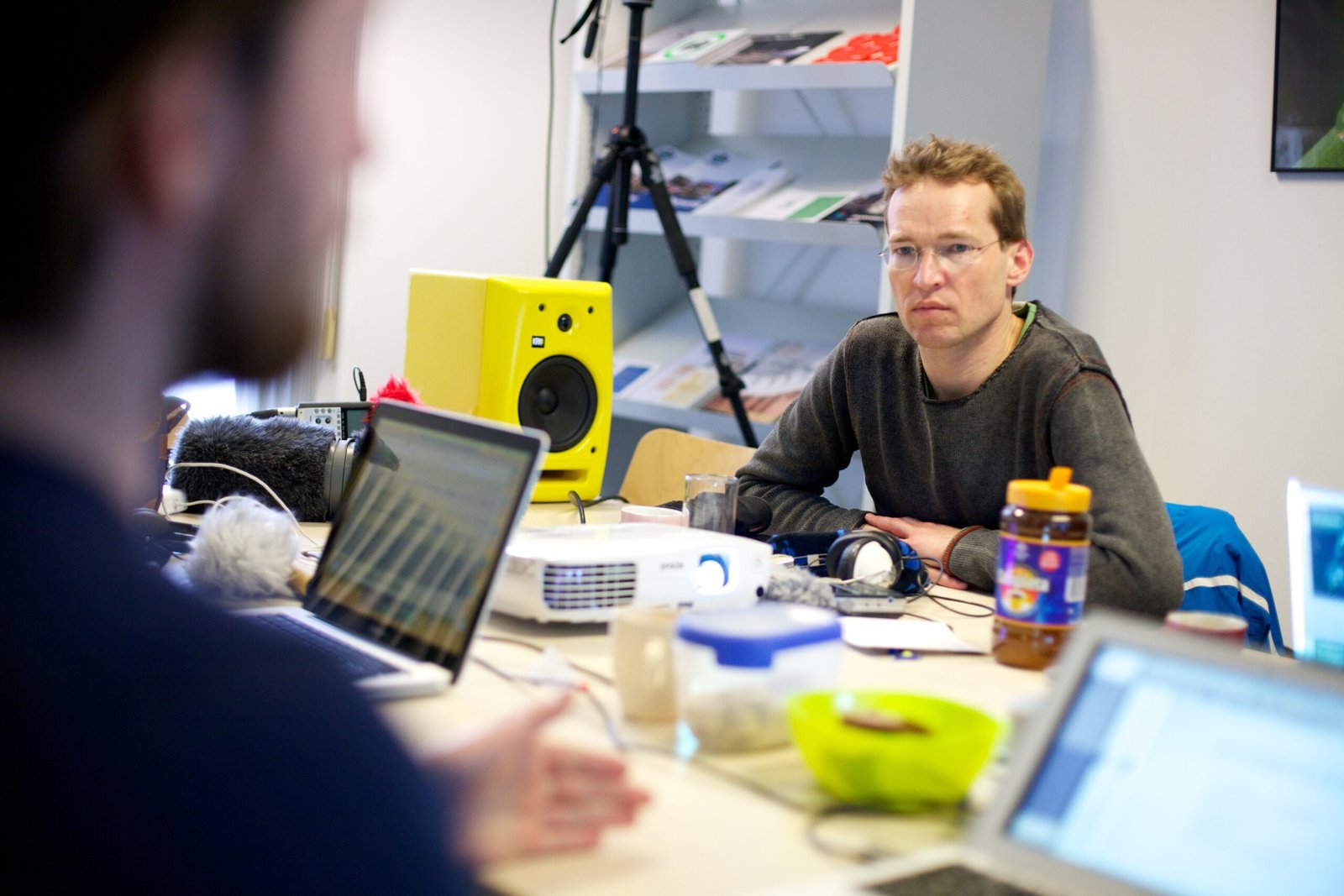
Field recording endangered languages is both an art and a science. Researchers travel to remote villages or bustling urban neighborhoods, often with little more than a backpack and recording device. They must earn the trust of local speakers, sometimes learning basic phrases or participating in daily life to make people comfortable. The technical side involves using sensitive microphones to capture clear, authentic audio, even in challenging environments like windy plains or crowded markets. Detailed notes are kept about who is speaking, their age, and the context of the conversation. Every recording session is a race against time, as speakers age or migrate, and languages risk slipping into silence.
Technology: A Double-Edged Sword
Modern technology has transformed how we record and study endangered languages. High-quality portable recorders, cloud storage, and apps allow linguists and community members to document languages almost anywhere. Social media platforms can even help connect scattered speakers, creating virtual communities where languages are revived. But technology can also accelerate language loss, as youth adopt global languages and leave behind their mother tongues. Balancing technology’s potential with the need to nurture languages at home is a constant challenge. Still, when used thoughtfully, digital tools offer hope for preserving voices that might otherwise be lost.
Music and Song: The Heartbeat of Language
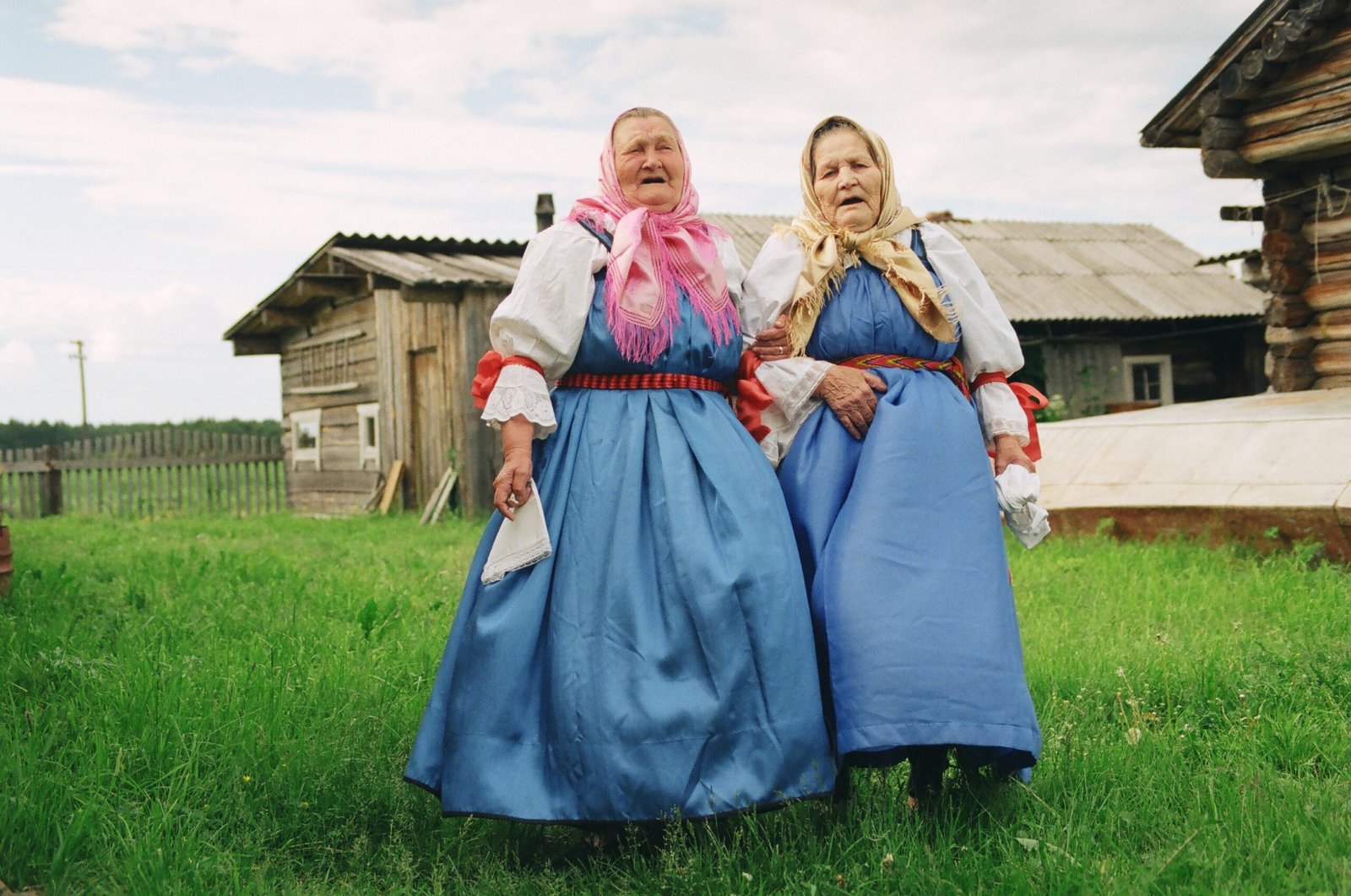
Songs and chants are often the last stronghold of endangered languages. Even when everyday conversation fades, music endures—carrying stories of love, struggle, and celebration. Recording traditional songs preserves not only the language but also its cultural context and emotional tone. In some communities, elders teach children songs as a way to keep the language alive, passing on lessons about the land, history, and values. These musical recordings can inspire pride and curiosity, sparking language revitalization efforts among younger generations.
Community-Led Preservation Efforts
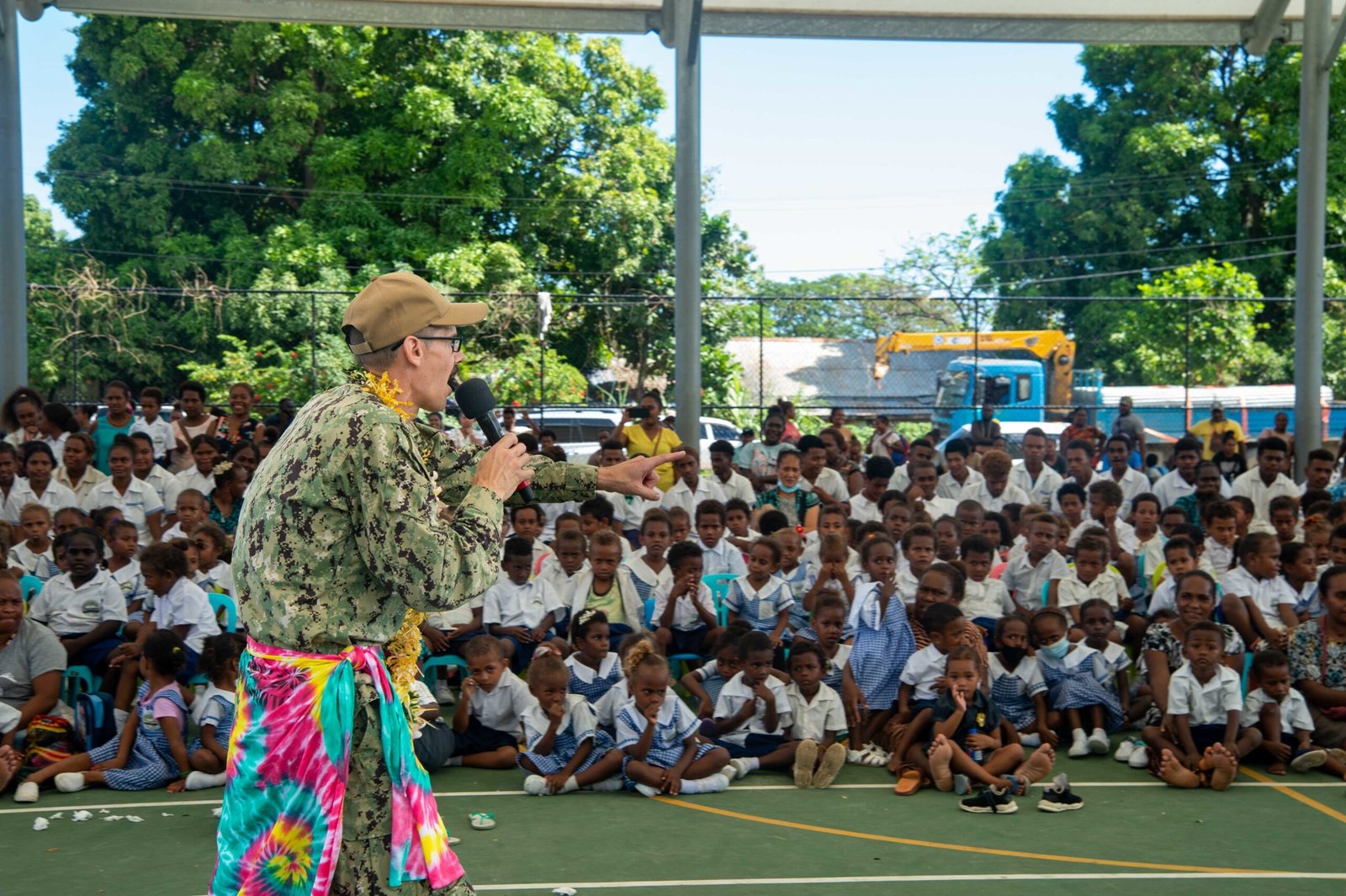
More and more, the work of reclaiming soundscapes is led by the communities themselves. Elders, teachers, and youth collaborate to record conversations, stories, and songs in their heritage languages. Community radio stations and language nests (where young children are immersed in their native tongue) have emerged as powerful tools for revival. These grassroots projects empower people to take ownership of their linguistic heritage, ensuring that the process is respectful and meaningful. When communities lead the way, the recordings become living archives, not just relics on a shelf.
The Emotional Power of Rediscovered Voices
Hearing a loved one’s voice in a long-forgotten language can be a deeply moving experience. For descendants, listening to archival recordings can bring tears of joy, pride, or longing. The sound of a grandmother’s lullaby or a grandfather’s story can bridge generations and heal wounds caused by forced assimilation or cultural loss. These recordings can also spark identity movements, encouraging people to relearn and speak their ancestral tongues. The emotional resonance of these voices goes far beyond words—it is a testament to resilience and hope.
Challenges in the Field: Ethics and Collaboration
Recording endangered languages is not without its challenges. Linguists must navigate sensitive ethical issues, such as who owns the recordings and how they are used. Gaining informed consent and respecting cultural boundaries are paramount. Sometimes, communities have painful histories with outsiders, making trust-building crucial. Collaborative projects that involve local speakers in every step—from planning to editing—help ensure that the process is fair and respectful. This partnership also leads to richer, more authentic recordings.
Reviving Languages in the Digital Age
Innovative projects around the world are using digital technology to breathe new life into endangered languages. Mobile apps, online dictionaries, and interactive stories allow people to learn and practice their mother tongues at home or on the go. Virtual reality experiences can immerse users in the sights and sounds of traditional storytelling, making learning fun and engaging. These digital archives are accessible to anyone with an internet connection, helping diaspora communities reconnect with their roots. As technology evolves, so does the potential for language revival.
The Future: Hope Through Sound
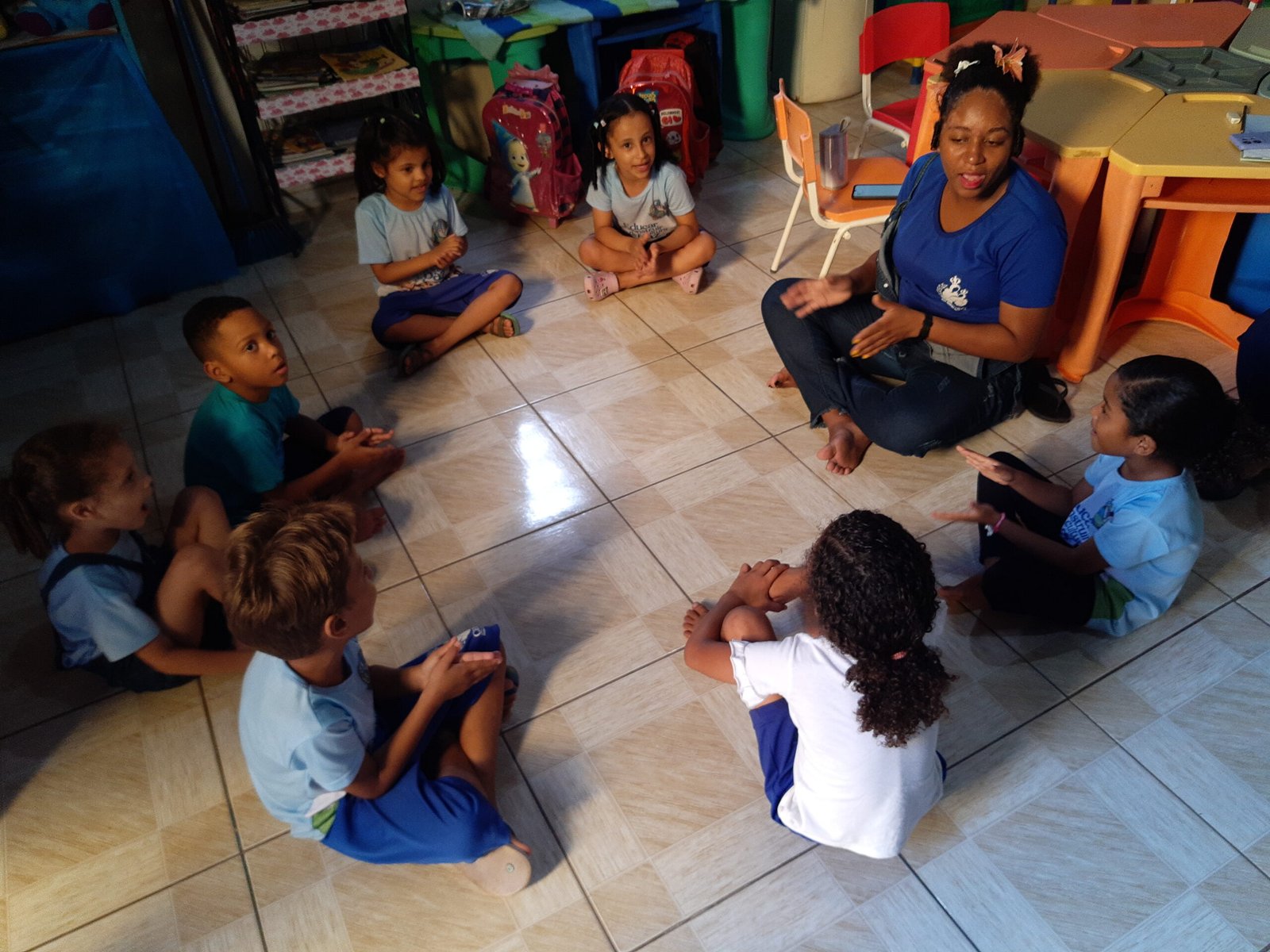
Despite the daunting statistics, there is hope. Each recording made, each song preserved, and each child learning their heritage language is a victory. The work of reclaiming soundscapes is a testament to the enduring power of human creativity and resilience. It is a reminder that every voice matters, and every language lost is a story unfinished. By listening carefully, recording thoughtfully, and sharing generously, we can help ensure that the world’s rich tapestry of voices continues to be heard for generations to come.




